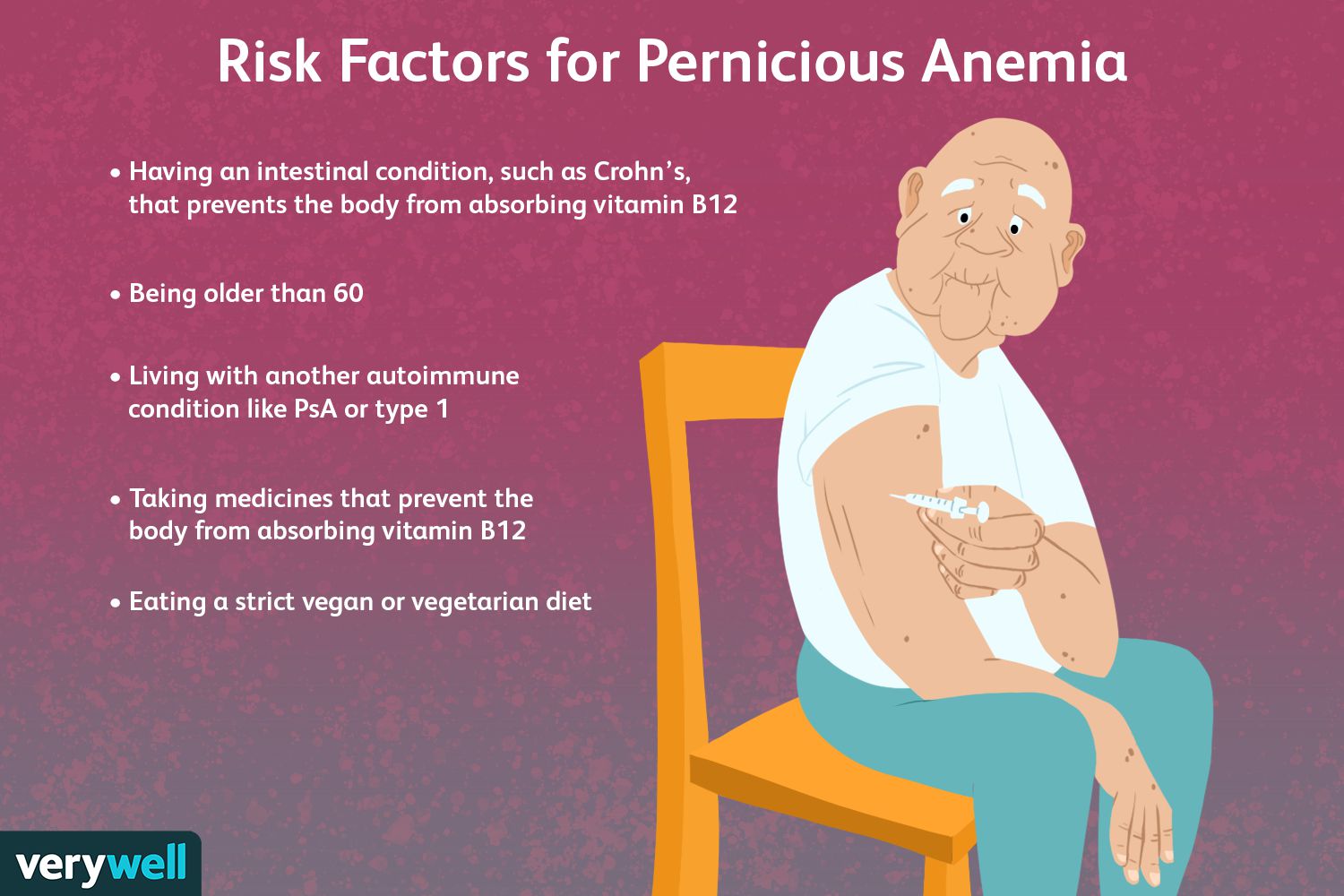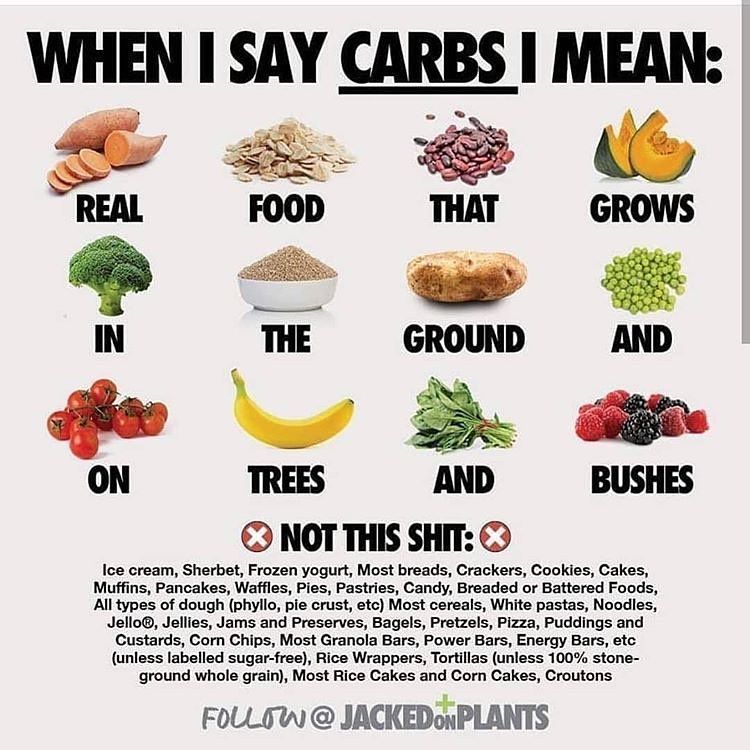
If you're interested in healing your body naturally, you've likely heard about plant based healing. While there are many benefits to plant-based healing, you should also understand some limitations. This article addresses several key aspects of diets that are based on whole foods, as well as the benefits of these whole foods for your health.
Whole food diets
Diets that focus on whole foods for plant-based healing are high in phytonutrients, and naturally anti-inflammatory. They do not completely avoid animal products but minimize them. It is important to consume plenty of whole grains as well as vegetables.
It has been shown that diets that focus on whole foods for healing can have substantial benefits for the body as well as the mind. They can be used to prevent and treat chronic lifestyle diseases. A large portion of Americans have a variety of chronic health conditions.

Sources of protein
A plant-based diet requires a variety of protein sources. Plant-based proteins can be high in fiber and vitamins as well as minerals. Keep your protein goals in the forefront when choosing a protein source to supplement a plant-based diet. Some sources of protein are easier to digest than others, so be sure to consider your personal needs.
As the world's population increases, so does the popularity of plant-based proteins. Plant-based diets have many benefits, including lowering the risk of type II diabetes and heart disease. Animal-based protein consumption also contributes to global warming, and the loss of terrestrial biodiversity.
Health benefits
Plant-based remedies are a powerful way of fighting chronic inflammation. Plant-based diets are rich in phytochemicals and antioxidants which improve the immune system. They also neutralize harmful toxins. Chronic inflammation damages body cells and is known to increase the risk of cancer and inflammatory diseases such as arthritis.
Many of the health benefits of a plant diet are well-known. One of these benefits is the ability to lower cholesterol and decrease the body's saturated fat. Plant foods can help lower cholesterol and protect your heart health. Furthermore, plant-based foods are more friendly to the environment.

Limitations
Traditional medicinal plant use has its limitations. Two billion people depend on these plants according to the World Health Organization, though these numbers are highly variable. However, they do indicate that medicinal plants play a critical role in many people's lives, in both developing and developed countries.
Health is influenced by the microbial makeup of the gut. It has been suggested, for example that healthy gut microbiomes are linked to healthy aging. While the mechanism behind brain function can be affected by a plant-based diet, other studies have shown similar results. This could lead to altered cognitive abilities and systemic metabolic pathways.
FAQ
What is the difference between calories and kilocalories?
Calories can be used to measure how much energy is in food. Calories is the unit of measurement. One calorie equals one degree Celsius of energy to heat 1 gram of water.
Kilocalories are another term for calories. Kilocalories equal one thousandth of an calorie. For example, 1000 calories equals one kilocalorie.
What is the difference in a virus and bacteria?
A virus is a microscopic organism that cannot reproduce outside its host cell. A bacterium is a single-celled organism that reproduces by splitting itself in two. Viruses have a very small size (approximately 20 nanometers), while bacteria can grow to a maximum of 1 micron.
Viruses can spread from contact with bodily fluids that are infected such as saliva, urine or semen. Bacteria are usually spread through direct contact with contaminated objects or surfaces.
Viral infections can be transmitted through skin cuts, scrapes and bites. They may also enter through the nose, mouth, eyes, ears, vagina, rectum , or anus.
Bacteria can enter the body through cuts, scrapes burns and other injuries to the skin. They can also be introduced to our bodies by food, water and soil.
Both bacteria and viruses can cause illness. However, viruses cannot reproduce within their hosts. They only infect living tissues when they cause illness.
Bacteria can multiply within their hosts and cause illness. They can invade other areas of the body. We need antibiotics to get rid of them.
What is the difference of fat and sugar?
Fat is an energy source that comes from food. Sugar is a sweet substance that can be found naturally in fruits or vegetables. Both fats and sugars provide the same number of calories. But fats are twice as calories as sugars.
Fats are stored within the body and can contribute to obesity. They may cause cholesterol buildup and lead to strokes or heart attacks.
Sugars provide instant energy and are rapidly absorbed by the body. This causes blood glucose to rise. High blood glucose levels can be dangerous because it increases the risk of developing type II diabetes.
Statistics
- Extra virgin olive oil may benefit heart health, as people who consume it have a lower risk for dying from heart attacks and strokes according to some evidence (57Trusted Source (healthline.com)
- WHO recommends consuming less than 5% of total energy intake for additional health benefits. (who.int)
- nutrients.[17]X Research sourceWhole grains to try include: 100% whole wheat pasta and bread, brown rice, whole grain oats, farro, millet, quinoa, and barley. (wikihow.com)
- This article received 11 testimonials and 86% of readers who voted found it helpful, earning it our reader-approved status. (wikihow.com)
External Links
How To
How to Live A Healthy Lifestyle
A healthy lifestyle is one in which you are able maintain your weight and health. It is a lifestyle that involves eating healthy, exercising regularly and avoiding drugs, alcohol, nicotine, and tobacco. A healthy lifestyle helps you stay fit and feel good about yourself. Additionally, a healthy lifestyle will reduce your chances of developing chronic diseases like stroke, heart disease or diabetes, as well as cancer, osteoporosis, arthritis, and other conditions.
This guide provides a step by step guide for living a healthier and happier life. The introduction is the first part of this project. This explains why healthy living should be encouraged and who it is. The body paragraphs contain tips on how you can maintain a healthy lifestyle. I then wrote the conclusion. This summarizes the whole article, and provides additional resources, if necessary.
This assignment taught me how to write a concise paragraph. I learned how topic sentences and supporting details were organized. Moreover, I improved my research skills because I had to find specific sources and cite them properly. Finally, I learned proper grammar and writing skills.